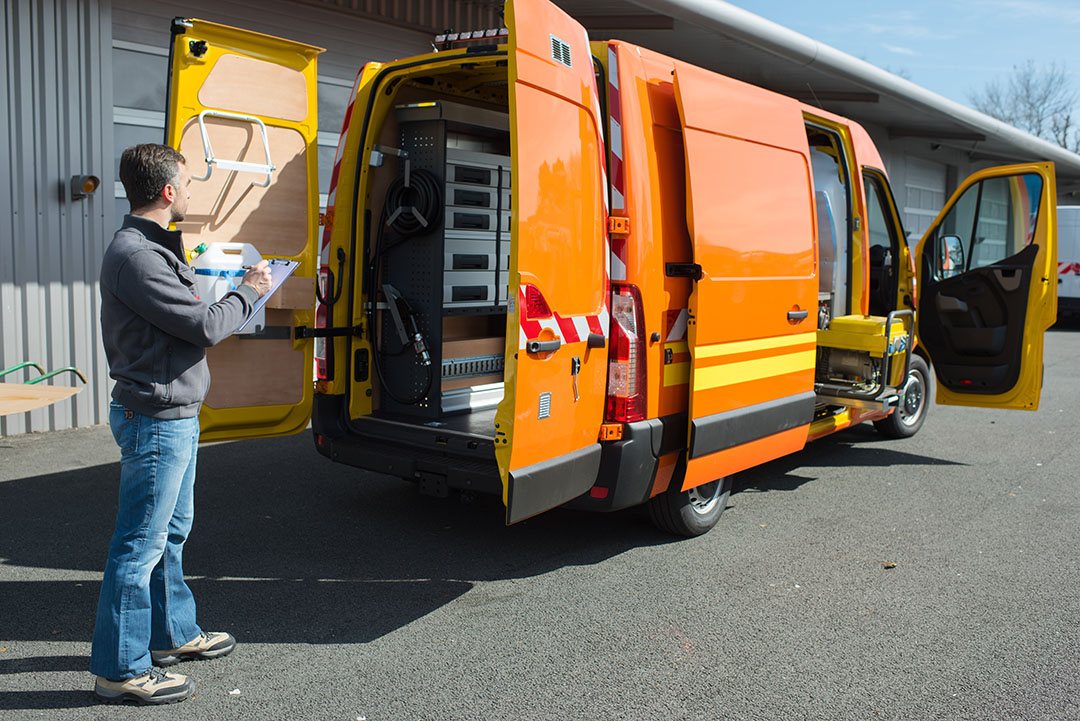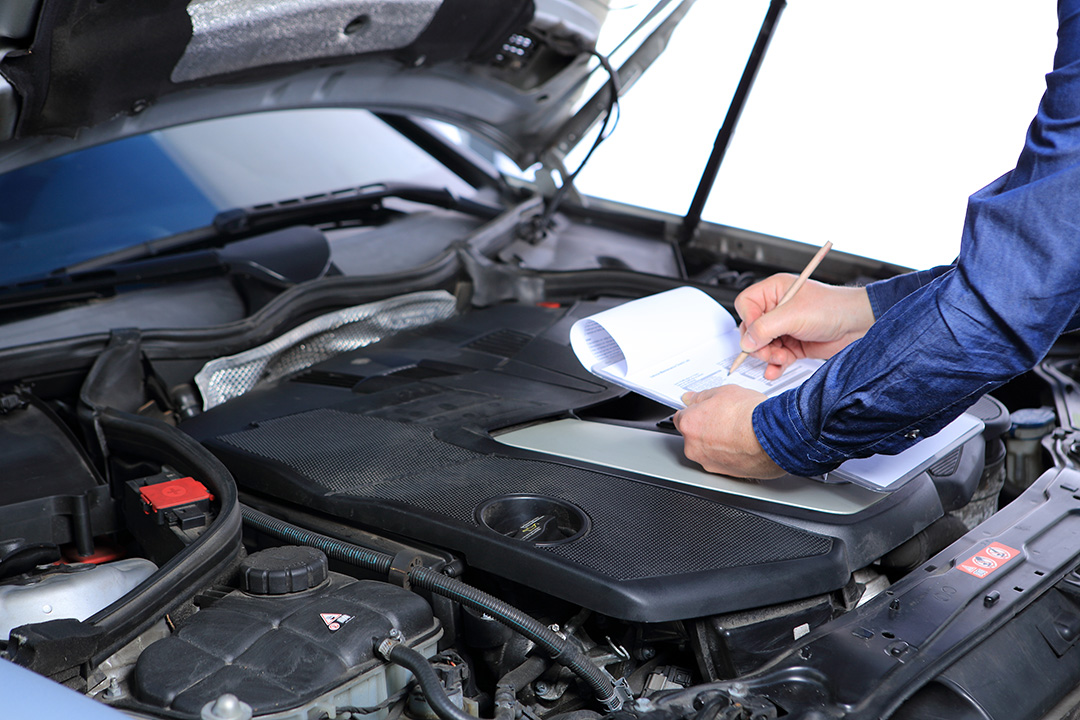Commercial motor vehicles, or CMVs, must be inspected often to comply with Department of Transportation (DOT) and Federal Motor Carrier Safety Administration (FMCSA) rules. Inspections ensure the safety of drivers, vehicles, cargo and the public. Violations found during DOT inspections can result in fines, drivers losing their licenses and/or vehicles being placed out of service. It’s important for drivers to know what to expect during DOT inspections, and what they need to look for when they perform their own pre- and post-trip inspections.
CMV pre-trip inspections

Pre-trip inspections should include:
- Fluid levels
- Mirrors
- Lights
- Windshield wipers
- Tires
- Suspension
- Secured cargo
Drivers must also review the post-trip inspection report from the previous trip to make sure any listed issues were fixed, and must sign the report to confirm the vehicle is safe to drive.
CMV post-trip inspections
Drivers must fill out a post-trip inspection report for any CMV they operate in a day, including any repairs or other corrective actions. These inspections include:
- Service and parking brakes
- Steering wheel
- Lights and reflectors
- Tires
- Horn
- Windshield wipers
- Mirrors
- Coupling devices
- Wheels and rims
- Emergency equipment
Any issues found must be corrected before the vehicle can be driven again. Repairs must be noted on the report when they’re completed. Drivers must sign the inspection report and keep it in the vehicle for review by inspectors or law enforcement. Reports and driver reviews must be kept for three months from the day the report was prepared.
CMV periodic inspections

- Brakes
- Coupling devices
- Exhaust system
- Fuel system
- Lights
- Safe loading
- Steering wheel
- Suspension
- Frame
- Tires, wheels and rims
- Windshield glazing and wipers
Some states also require their own CMV inspections that meet federal requirements, and some states have law enforcement or other personnel trained to perform periodic inspections. Any defects that are found must be fixed before the vehicle can return to service.
CMV roadside inspections
Roadside inspections are random checks performed to ensure both vehicles and drivers are safe for travel. Inspectors may be from the DOT, state agencies, or they may be qualified law enforcement officers. Inspectors have the right to inspect CMVs at any time, and can place vehicles out of service on the spot or direct them to a repair facility within 25 miles. Defects don’t automatically put vehicles out of service. It depends on how severe the defect or violation is, and how quickly it can be fixed. Inspectors in the U.S., Canada and Mexico use the North America Standard Inspection Criteria to perform roadside inspections.
Paperwork and log sheets

Other suggested driver practices
- Check that the vehicle’s load is properly secured before travel, preferably during pre-trip inspection
- Keep vehicles clean, both outside and inside the cab
- Practice good personal hygiene and stay healthy
- Be honest with inspectors if a defect hasn’t been fixed yet
- Be calm and cooperative with inspectors to get back on the road quicker
Conclusion
Drivers and companies must take inspections seriously to keep their operations running smoothly. However, proper inspections and record keeping can go a long way towards making sure things go like they should, and that drivers stay safe and in compliance.
For more information on FMCSA regulations about inspections and protocols, click here.
The Commercial Motor Vehicle Safety Alliance has a comprehensive list of the six inspection levels that commercial drivers may be subject to, as well as two additional inspection types here.
Interested in our Safe Driving Courses? Schedule a free demo!


